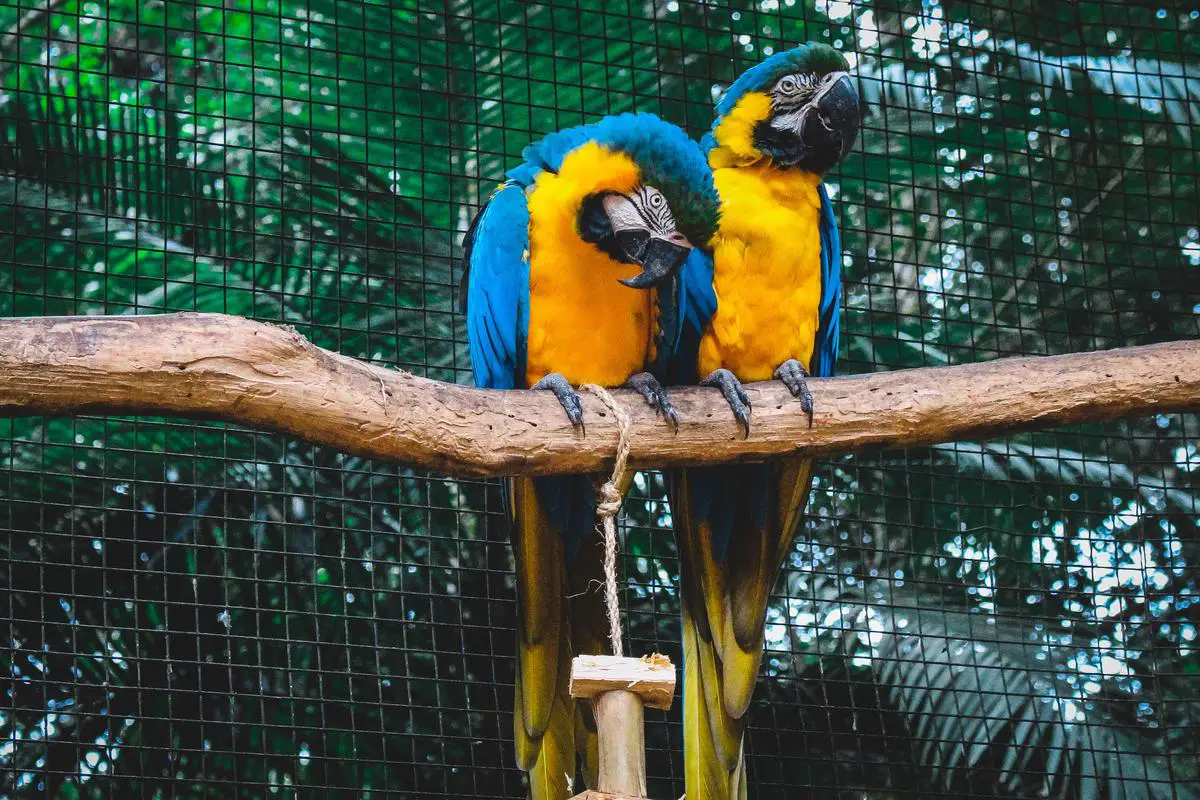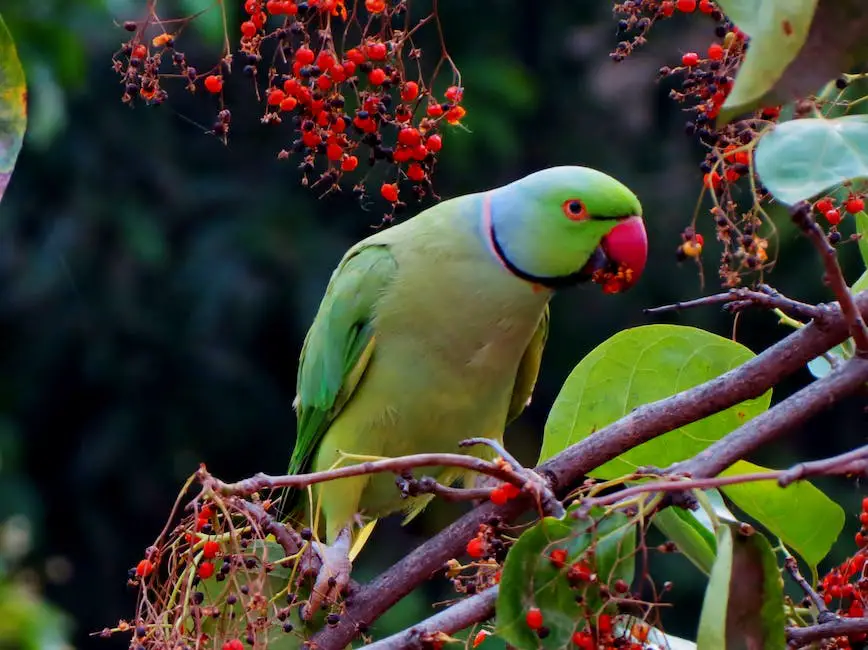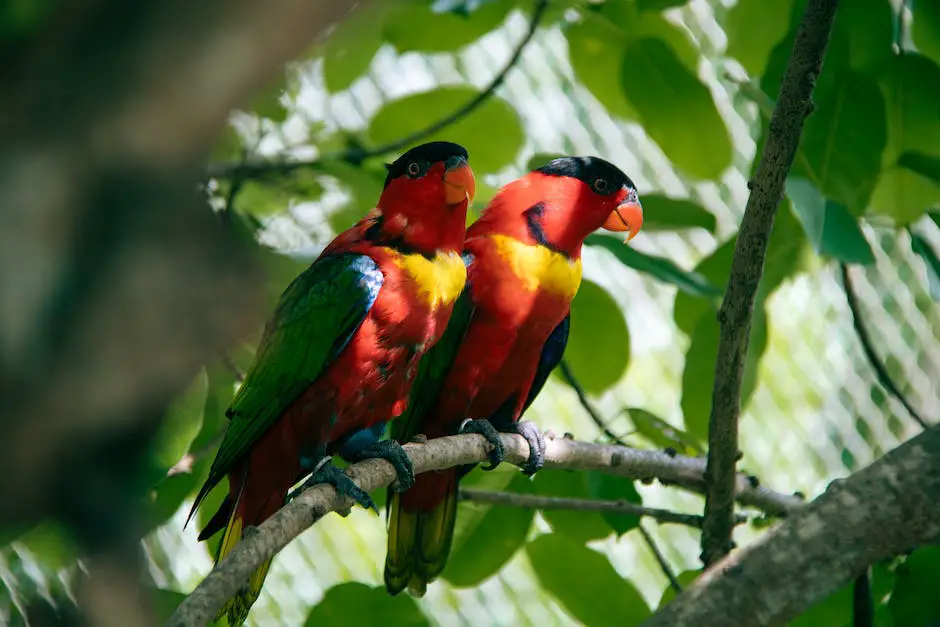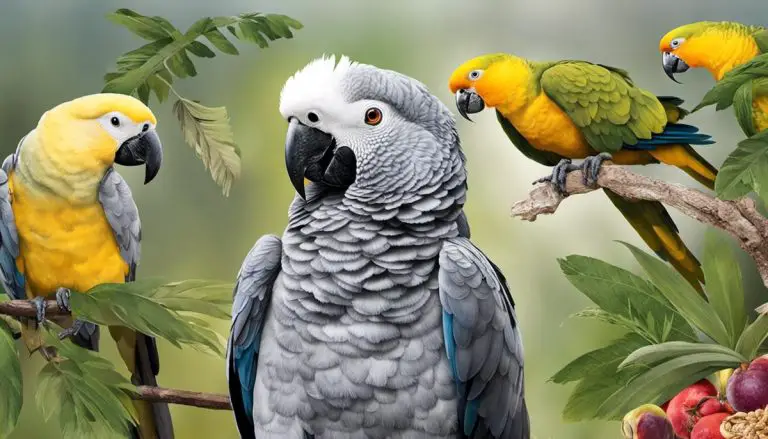The intriguing African grey parrot has captured the hearts and minds of many with its vivacious personality and high intelligence levels. However, a lesser-known fact about these fascinating creatures is their impressive longevity. Lifespans of grey parrots can significantly vary depending on multiple factors such as their lifestyle, diet, or care they receive, which often results in them having different lifespans in the wild and in captivity, with also noticeable differences when compared with other species of parrots.
Lifespan and Aging Process of Grey Parrots
Grey Parrot Lifespan: Wild vs Captivity
Grey parrots, also known as African Grey parrots, typically boast an impressive lifespan whether in the wild or in captivity. In the wild, these intelligent birds can live anywhere from 40 to 60 years depending on various factors including food availability, predation, and disease. Remarkably, in a well-maintained captive environment with good care and balanced nutrition, their lifespan can extend to up to 80 years, if not more.
Factors Impacting Grey Parrot Lifespan
A variety of factors can influence the lifespan of grey parrots. A nutrient-rich, balanced diet contributes significantly to their longevity, as does regular access to clean water. Environmental elements such as temperature, cleanliness, and exposure to toxins (like certain types of houseplants or airborne chemicals) can also have a marked impact on their lifespans. Lastly, providing these highly interactive birds with mental stimulation via toys, puzzles, or social interaction can help keep them healthy—both emotionally and physically—thus contributing to their potential longevity.
Understanding the Aging Process and Health Issues in Grey Parrots
As with many creatures, the bodily functions of grey parrots naturally begin to deteriorate as they age. They may be afflicted with cataracts, leading to a decrease in their vision quality, while aging joints may cause arthritis to develop, thus hindering their mobility. These parrots may undergo weight changes too, typically seen as weight gain or loss. Their lifespan may be negatively impacted by several health issues such as Psittacosis, a bacterial disease, vitamin A deficiency, and Feather Damaging Behavior – a condition where the bird develops a tendency to excessively pluck or chew its feathers. To maintain their health and potentially prolong their life, regular vet visits are essential for early disease detection and treatment.

Photo by jonny_lew on Unsplash
Care Needs for Extended Lifespan of Grey Parrots
How to Care for Grey Parrots: Ensuring a Balanced Diet and Regular Exercise
A testament to the importance of thorough and consistent care, Grey Parrots usually live between 40-60 years with appropriate care. Fundamentally, their health and lifespan is dependent on receiving a balanced and varied diet. Contrary to common belief, parrots don’t thrive on an all-seed diet, but need a combination of grains, fresh fruits, vegetables, pellets, seed mixtures, and additional vitamins and minerals. An example of an essential element in their diet is vitamin A, which boosts their immune system and can be found in food items like carrots and leafy greens. Regular exercise, such as executing flying drills within a safe environment, is also key for cardiovascular health for these birds.
Mental Enrichment and Regular Vet Check-ups
Stimulation is another necessity for the Grey Parrot’s longevity, but this is often overlooked. Puzzle toys, foraging opportunities, and training games can provide cognitive stimulation and prevent behavioral problems associated with boredom. Moreover, socializing with their human family is heartily endorsed. Regular vet check-ups are also essential to monitor their wellness over time and preemptively address signs of illness or stress – regular blood work, fecal analysis, and standard physical examinations should be part of their routine care.
Consider the example of Alex, a remarkable African Grey, who lived to the ripe old age of 31. While long lifespans aren’t uncommon for this species, Alex’s ability to reason somewhat like a human set him apart. He had an impressive vocabulary of over 100 words and could identify colors – showcasing the incredible value of mental stimulation for these creatures. By providing a care routine that includes both physical and mental well-being, alongside a loving environment, you can ensure your Grey Parrot lives a long, happy, and fulfilling life.

Comparison with Other Parrot Species
Grey Parrots: A Comparison With Other Parrot Species’ Lifespans
African Grey parrots, commonly known as Grey Parrots, are known to live up to 60 years, significantly surpassing the lifespan of many other parrot species. To put this into perspective, Parakeets typically live around 10-15 years, while Lovebirds have an average lifespan of roughly 20 years. Even the bigger Macaws, renowned for their long lives, generally only reach between 30 to 50 years. This reinforces the fact that Grey Parrots are among the longest-lived parrot species, often outliving their human owners.
This extended lifespan can be accredited to various crucial factors, such as their robust immunity, superior care, and inherent genetics. Originally hailing from the rainforests of West and Central Africa, Grey Parrots have evolved to withstand a wide array of diseases. When in a domestic setting, Grey Parrots typically receive top-notch care, with a well-rounded diet, regular vet check-ups, and cognitive stimulation, all contributing to their impressive lifespan. It’s crucial for prospecting owners to realize the lifelong commitment that comes with adopting a Grey Parrot, especially considering their unique longevity compared to other parrot species.

Gleaning insights into the lifespan and aging process of the grey parrot give us a unique appreciation for this remarkable bird and helps establish better care standards aiming for their optimal health and longevity. Understanding the intricacies of their care requirements allows us to view their longevity not just as an interesting fact, but as a responsibility we carry when deciding to have a grey parrot as a pet. Furthermore, comparing their lifespan with other parrot species can lead to a sympathy for the various conditions and circumstances parrots live under, and enhance our collective efforts towards their preservation and welfare.

